Cats have long been revered and celebrated in various cultures around the world, and their allure extends to the vibrant realm of anime. Within the realm of animation, cats are often depicted as captivating creatures, evoking a sense of mystery, independence, and charm. Anime creators have skillfully woven feline characters into their narratives, endowing them with unique personalities and characteristics that captivate audiences. This short essay explores the captivating presence of cats in anime, delving into their significance, portrayal, and the impact they have on storytelling.
In anime, cats frequently symbolize diverse aspects of human nature, ranging from mischief and curiosity to wisdom and spirituality. Cats’ graceful movements, enigmatic eyes, and aura of independence make them potent symbol for various traits and emotions. Additionally, they are often associated with luck and fortune in Japanese culture, making them highly regarded and sought after. By incorporating cats into their stories, anime creators imbue their characters with symbolic depth, enriching the narratives and adding an extra layer of meaning. In Japanese folklore, the bakeneko and the nekomata are supernatural cats known for their shape-shifting abilities, intelligence, and connection to the spirit world. These mythological creatures have influenced the portrayal of cats in anime, infusing them with a sense of mystery and supernatural powers. The bakeneko’s ability to transform into a human or take on monstrous forms is echoed in anime characters such as Nyanko-sensei from Natsume’s Book of Friends. Nyanko-sensei, a powerful spirit trapped in the body of a cat, embodies the ancient mythological creature, lending an air of intrigue and otherworldliness to the story.
Anime offers a vast array of cat characters, each with their own unique traits and roles. From mischievous troublemakers to wise mentors, anime presents a myriad of feline personas that resonate with audiences. Mischievous cats, such as Jiji from Kiki’s Delivery Service or Happy from Fairy Tail, inject moments of levity and playfulness into their respective stories. Their antics provide comic relief and endear them to viewers, often becoming fan favorites. One notable example is Luna from Sailor Moon. Luna, a magical talking cat, serves as a mentor and guide to the Sailor Guardians, empowering them with their celestial abilities. Luna’s character draws inspiration from the mythology of the moon, as she represents the moon goddess Artemis. Her presence not only adds depth to the story but also symbolizes femininity, wisdom, and protection. Another example is Kyo Sohma from Fruits Basket. In this anime, Kyo is cursed, transforming into a cat whenever embraced by the opposite gender or when under stress. The curse he bears is reminiscent of the mythology surrounding the bakeneko and nekomata, reflecting the ancient belief in the transformative powers of cats. Kyo’s struggle with his identity and search for acceptance resonates with audiences, highlighting the complex nature of human emotions and societal expectations. In Love, Chunibyo & Other Delusions, the cat’s presence offers a profound impact on Yuuta’s character. It represents a bridge between his past and present, reminding him of the importance of genuine connections and providing a source of emotional support. Through his relationship with the cat, Yuuta undergoes a transformative journey, shedding the burdens of his chūnibyō identity and embracing a more authentic and fulfilling life.
Cats in anime not only serve as compelling characters in their own right but also play integral roles in advancing the plot and character development. Their interactions with human characters often reveal deeper aspects of the latter’s personalities, emotions, and desires. Cats act as catalysts for personal growth and self-reflection, pushing human characters to confront their fears, overcome obstacles, and embrace their true potential. Moreover, cats frequently serve as narrative devices, leading characters on whimsical adventures or facilitating crucial plot developments. Their unassuming presence can initiate a chain of events that propel the storyline forward, adding intrigue and excitement. Whether as messengers, guardians, or simply companions, cats in anime contribute significantly to the overall narrative structure, infusing it with warmth, unpredictability, and a touch of magic.
Kyubey is the small, cat-like creature from Puella Magi Madoka Magica that acts as a messenger and offers contracts to girls to become magical girls. His true nature is revealed throughout the series as he manipulates and deceives the girls, leading them into becoming magical girls without fully disclosing the consequences and dark realities of their roles. He is depicted as emotionless and seemingly innocent, often wearing a blank expression on his face. While Kyubey may not be inherently evil in the traditional sense, his actions and lack of empathy make him a morally ambiguous and manipulative character. His true intentions and the true nature of the magical girl system become clear as the series progresses, leading to the emotional and psychological conflicts faced by the main characters. Kyubey’s portrayal in Puella Magi Madoka Magica challenges the expectations associated with cute and innocent cat-like characters, highlighting the dangers of making deals without fully understanding the consequences. His presence adds complexity and depth to the series, exploring themes of sacrifice, power, and the blurred lines between good and evil.
In Makoto Shinkai’s recent movie Suzume, the cat-looking creature Daijin takes on a big role. This extraordinary white cat possesses supernatural powers that extended far beyond its feline nature, profoundly influencing the lives of Suzume and Souta. Daijin’s origins can be traced back to ancient Japanese folklore, alongside the presence of Sadajin in the same film. Both characters play vital roles, particularly as the story reaches its climactic moments, drawing heavily from Oriental mythology in their portrayal. Daijin, a mysterious cat capable of speaking in a human language, appears in the film. Suzume discovers this enigmatic creature buried at the site of a magical door. Originally a stone keystone, the cat inadvertently causes Satou, Suzume’s newfound friend and the guardian of the door, to transform into a keystone himself. Daijin sets this plan in motion by transforming Satou into Suzume’s childhood chair, which triggers a series of events. Initially appearing as a frail stray in Suzume’s bedroom, the cat is nurtured by her kindness before casting a curse on Satou. Following this, Daijin departs, and Suzume, along with the anthropomorphized Satou in the form of a chair, embarks on a journey across Japan to reverse the curse. It becomes evident that Daijin is also responsible for the emergence of magical doors throughout the nation, which Suzume must seal to prevent widespread destruction. During their quest, Souta sacrifices himself, and Daijin attempts to approach the protagonist, only to be pushed away in anger. Despite this, Daijin still cares for Suzume. Eventually, the cat reverts to its lifeless state, once again serving as a keystone. Though heart-wrenching, Daijin walks away without shedding a tear, knowing that Suzume held affection for him. Thus, both Daijin and Sadajin become essential components in sealing the worm, a metaphorical representation of natural disasters, to avert a global catastrophe. Sadajin, a larger cat, joins in the fight against the impending apocalypse.
Studio Ghibli is also known for its cats. The cats in these beloved movies exhibit diverse personalities and roles, each contributing to the films’ depth and emotional resonance. From friendly companions to mystical creatures, these feline characters captivate audiences with their endearing qualities and distinct roles in the stories. For example, in Whisper of the Heart, the protagonist Shizuku befriends a stray cat named Moon. Moon serves as a source of inspiration, guiding Shizuku on her path of self-discovery and artistic pursuits. Moon’s presence represents independence, curiosity, and the importance of following one’s dreams. In The Cat Returns, cats take center stage as the story unfolds in the Cat Kingdom. The film explores the journey of Haru, who becomes embroiled in a whimsical adventure after saving a cat. The cat characters in this movie showcase a variety of personalities, from regal and wise figures to mischievous and comical companions. Through their interactions, the film explores themes of bravery, self-discovery, and the transformative power of stepping outside one’s comfort zone. In Kiki’s Delivery Service, the black cat Jiji accompanies the young witch Kiki on her journey of self-discovery. Jiji serves as Kiki’s loyal and comedic companion, offering support and advice. His expressive face and sassy personality endear him to viewers, creating moments of levity and adding depth to Kiki’s character development. Through Jiji, the film explores themes of friendship, independence, and the challenges of finding one’s place in the world. On the other hand, My Neighbor Totoro introduces the extraordinary Catbus. This whimsical creature, with its body resembling a large bus and a cat’s face, serves as a magical means of transportation for the film’s protagonists. The Catbus acts as a bridge between the human world and the spirit realm, taking Mei and Satsuki on remarkable adventures. Its whimsical design and gentle nature captivates both children and adults, fostering a sense of wonder and imagination.
Another example would be Team Rockets Meowth. His primary role in the Pokémon series is to provide comedic relief, injecting humor into the often intense and action-packed storyline. Known for his boastful and exaggerated behavior, Meowth frequently engages in comical mishaps and comedic dialogue that elicit laughter from viewers. From his failed attempts at impressing other Pokémon to his constant bickering with other characters, his humorous qualities contribute to the lightheartedness and entertainment value of the Pokémon anime. Meowth’s distinctive personality sets him apart from other Pokémon characters. Unlike most Meowth in the Pokémon world, he possesses the unique ability to speak the human language fluently. This linguistic talent allows him to engage in clever banter, wordplay, and puns, often making witty remarks that generate amusement. Beneath the cat‘s comedic façade lies a complex backstory that adds emotional depth to his character. In the Pokémon anime, Meowth reveals that he was once a member of a gang of Meowth who learned to speak the human language in an attempt to impress a female Meowth named Meowzie. This desire for acceptance and love shapes his motivations, adding a touch of sadness and vulnerability to his comedic role. Meowth’s pursuit of love and admiration, despite his often failed attempts, evokes empathy from viewers. It highlights the universal desire for connection and acceptance, making his character more relatable and emotionally resonant.
Cat girls, also known as nekomimi, are a popular character archetype in anime and manga. These characters typically possess both human and feline traits, often incorporating cat ears and a tail into their appearance. They exude a unique charm and appeal that captivates many fans. In the case of Steins;Gate, the character Mayuri Shiina occasionally dons a cat girl outfit. Mayuri is a cheerful and friendly character, known for her childlike innocence and love for cosplay. Her cat-girl persona adds an extra layer of cuteness and playfulness to her character, showcasing her whimsical nature. Cat girls in anime often embody a mix of human and cat-like qualities. They may possess enhanced agility, heightened senses, or cat-like behavior, adding a touch of fantasy and intrigue to the story. Cat girls are often portrayed as endearing and affectionate, and their presence can inject moments of lightheartedness and charm into the narrative. While cat girls are primarily a product of fantasy and imagination in anime, they hold a significant place in Japanese and international fan culture.
The portrayal of cats in anime extends beyond symbolism, as they play integral roles in storytelling and character development. Their interactions with human characters reveal deeper aspects of their personalities and emotions, acting as catalysts for personal growth and self-reflection. Cats propel narratives forward, initiating adventures, and adding intrigue, unpredictability, and a touch of whimsy. Moreover, cats in anime bridge the gap between reality and fantasy, serving as sources of entertainment, inspiration, and reflection. They create emotional connections with viewers, evoking a range of emotions from joy and laughter to empathy and nostalgia. The multifaceted portrayal of cats in anime showcases their enduring appeal and their ability to resonate with audiences of all ages. In the realm of Japanese culture, cats hold a special place. From the iconic Maneki-neko to the cat islands and cat cafés, cats have become ingrained in the collective consciousness. Anime reflects and celebrates this cultural fascination, paying homage to cats’ significance and their unique qualities through captivating and beloved characters. In conclusion, cats in anime transcend the boundaries of the screen, captivating audiences with their symbolism, diverse portrayals, and connections to Japanese culture. Whether mischievous, wise, or somewhere in between, these feline characters bring joy, intrigue, and a touch of magic to the anime world. Their enduring allure continues to enchant viewers, reminding us of the profound impact cats can have on storytelling and our own human experience.
Featured image: The Demon Girl Next Door © J.C. Staff, Sentai Filmworks
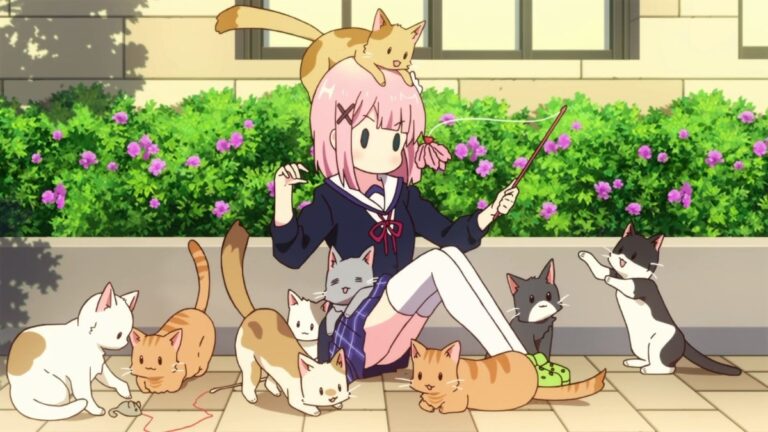
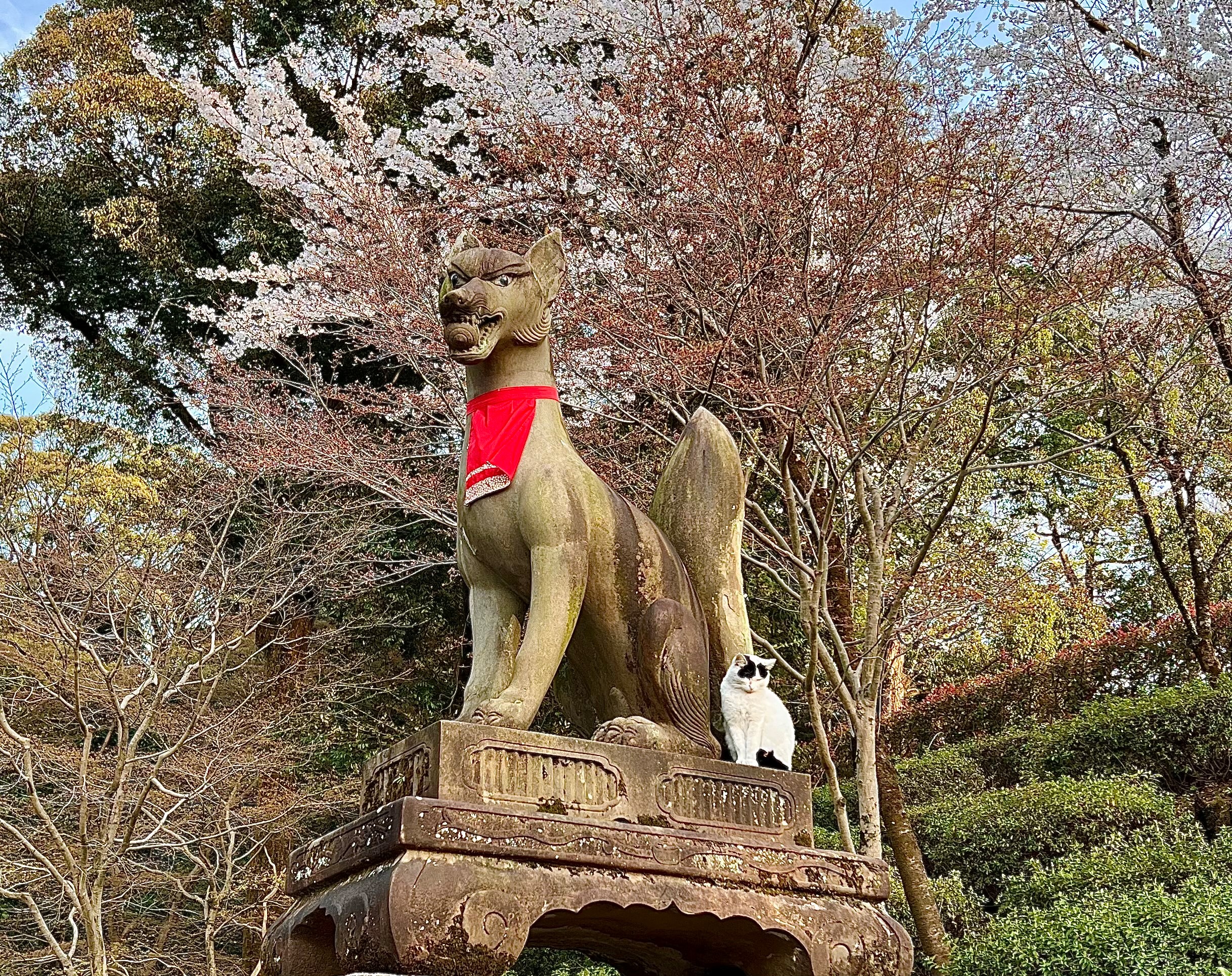
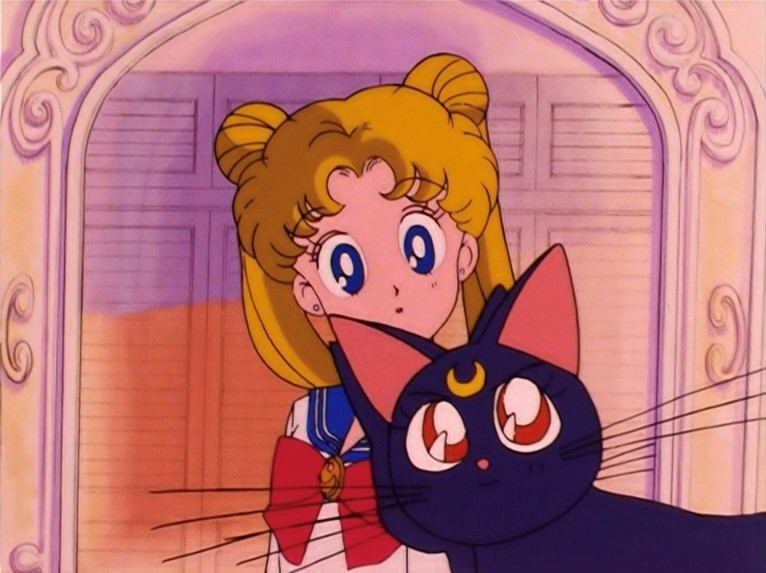
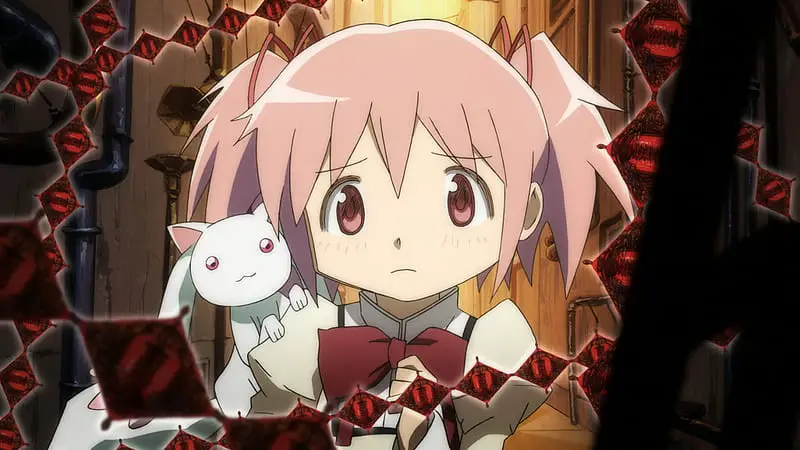
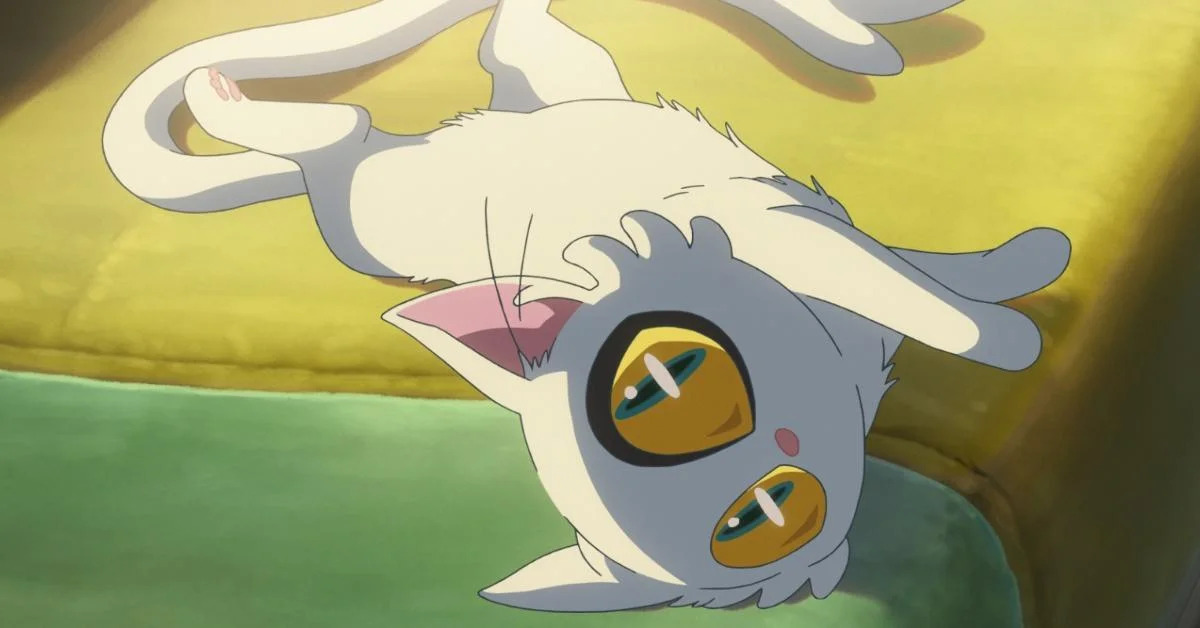
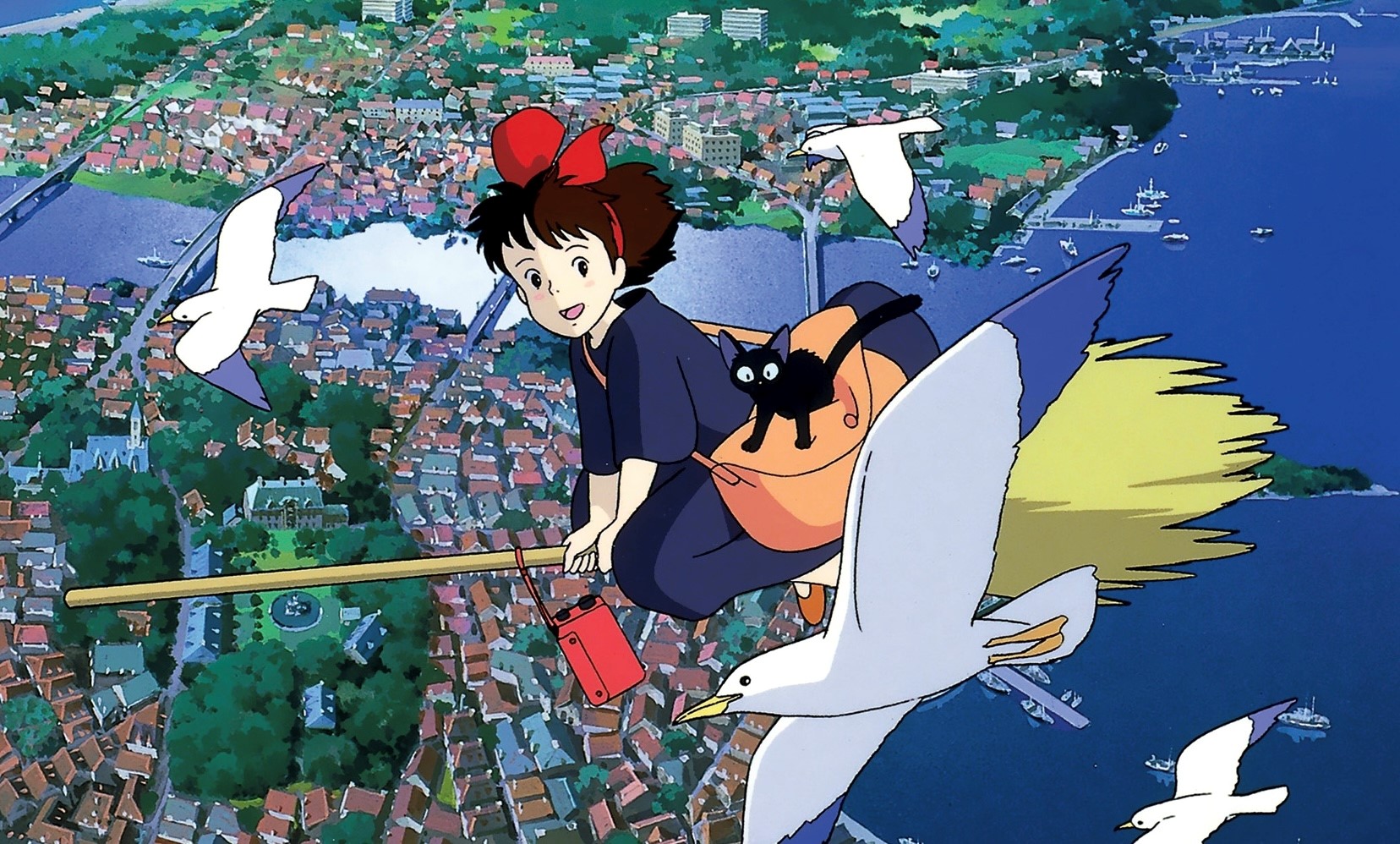
Participate In Discussions